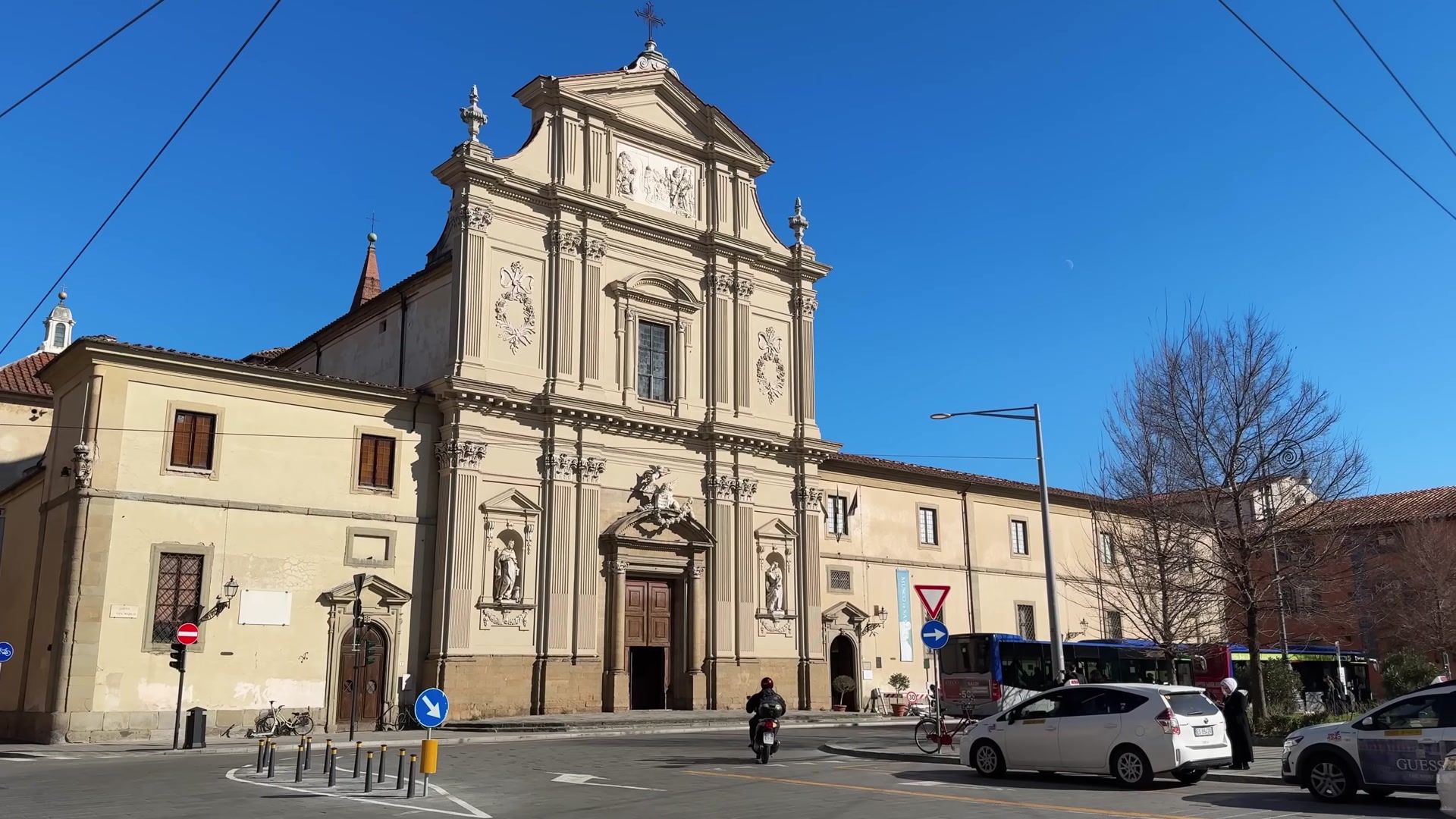
Hello my friends. Welcome to sunny Florence on this beautiful February day. The weather was perfect for a walk today, so I decided to take a stroll. Not only did I enjoy the stunning winter views of Florence, but I also set out to discover a hidden gem that often goes unnoticed by visitors. This place is usually overlooked by tourists, yet it deserves the attention of both visitors and locals alike. Unfortunately, most people are unaware of its existence.I also visited one of the northern entrance gates of the city, Porta San Gallo. These gates were once part of the city walls, which were demolished in the 19th century when Florence’s historic center was being reconstructed. In the 15th century after a shift in power and the end of the Medici family's rule, the city was taken over by the Lorraine dynasty. They built a triumphal arch in Florence, which still stands in the square today. When you visit this place, you might be surprised to see not one but two triumphal arches. The first arch built in the 15th century, is currently undergoing restoration, but the other one remains fully visible. Nowadays you can reach this square by tram, whereas in the past it was only accessible by car, on foot or by other public transport. Finally in January of last year, the tram line extended to this area.




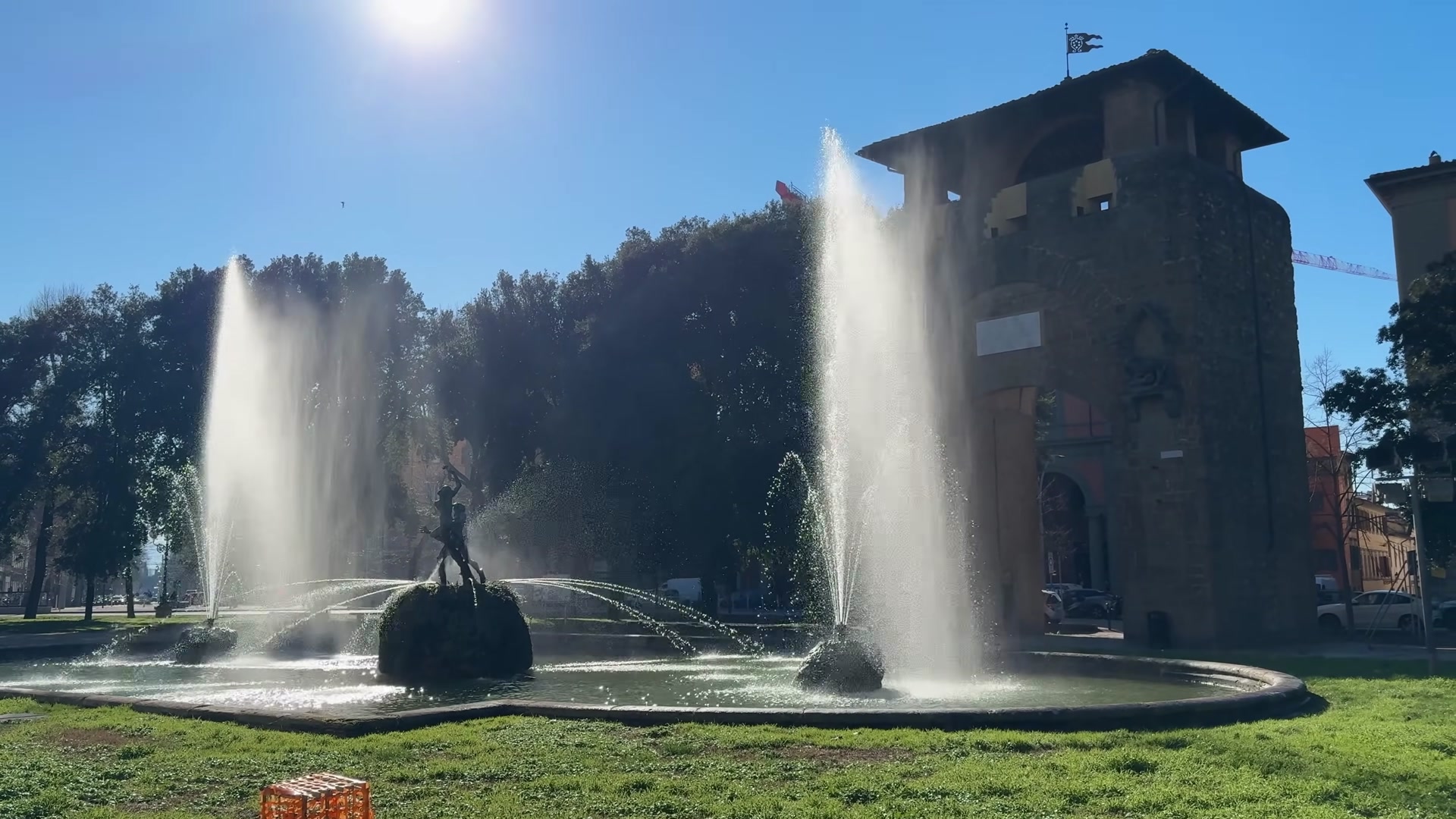

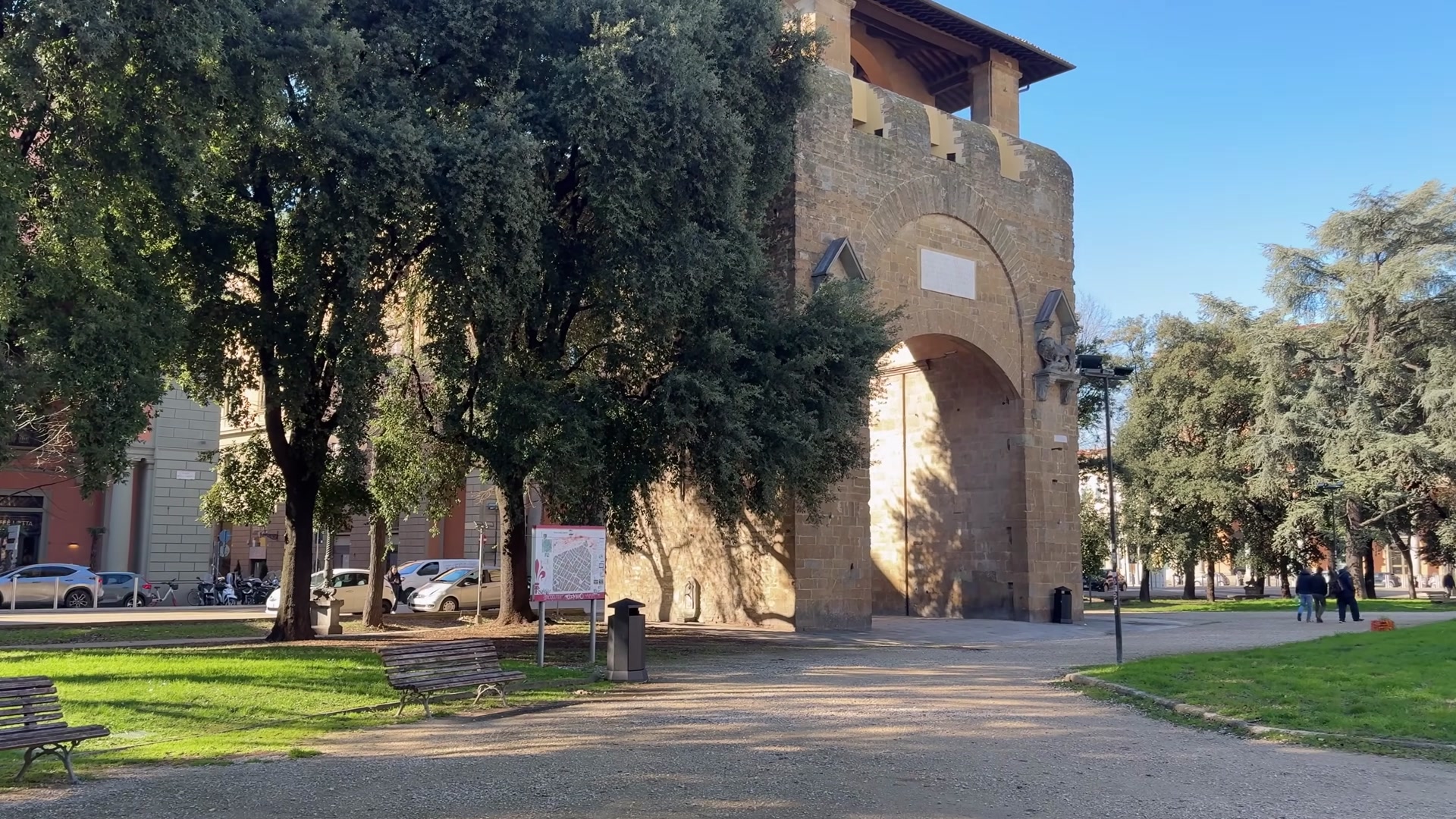

Recently Florence has undergone many changes. For instance, after a long restoration process, the Vasari Corridor has finally reopened. And the Royal Apartments have been opened to visitors. Now, the Camellia Garden and the secret garden in the Boboli Gardens are also accessible. If you find yourself in Florence, tours to these places are available.




Speaking of the gardens, the Pitti Palace staff garden and the Boboli Gardens, I want to highlight why the tram extension is so significant. The area surrounding Piazza della Libertà is essentially Florence’s version of Wall street. It is home to numerous law firms and business offices. Moreover Florence’s municipal services are also located here, meaning that citizens often need to visit this area for administrative tasks, such as obtaining a new passport. However, transportation has always been a challenge, especially due to the lack of parking spaces. Fortunately the tram line has finally been completed.


This square was once a major transportation hub in the 10th century. Instead of taking the usual tourist-packed streets, I chose to walk along Via Cavour. If you continue along this street, you’ll reach the Florence cathedral. Along the way there’s a hidden gem known as "Strada del Calcio" . In this area you’ll also find tram tracks running through the street. Strada del Calcio, also known as Barefoot Street houses a Renaissance masterpiece that can be visited for free if it is open. This place is home to a monochrome fresco cycle by the great Florentine painter Andrea del Sarto, depicting the life of St. John the Baptist. As you may know, St. John the Baptist is Florence’s patron saint, making these frescoes especially significant for the city.




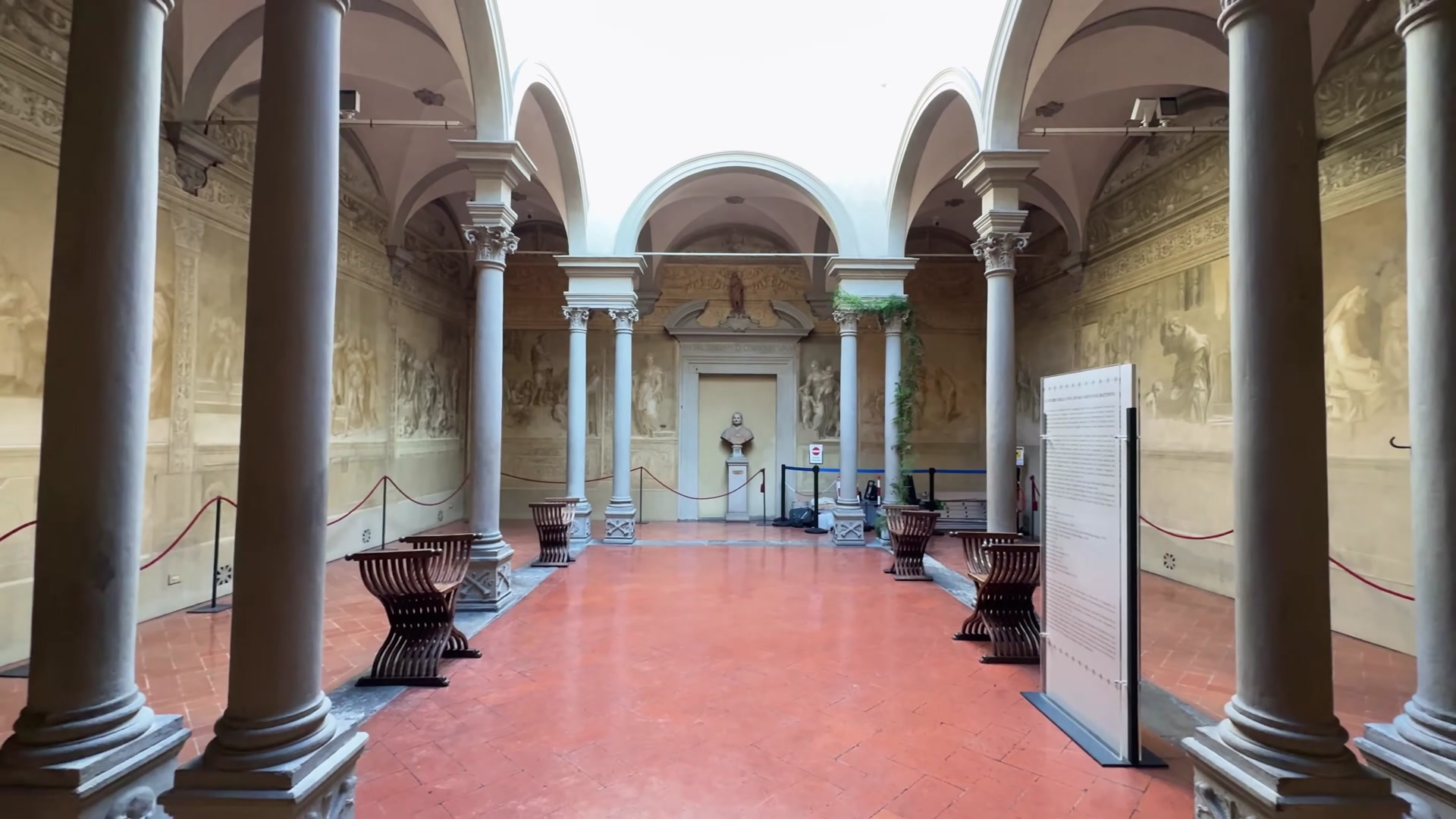
As I entered Strada del Calcio, I noticed a group of foreign students ahead of me, accompanied by their teacher, indicating that they had come as part of an organized visit. However, if you're not a tourist, you don’t necessarily need a guide to explore places like this.


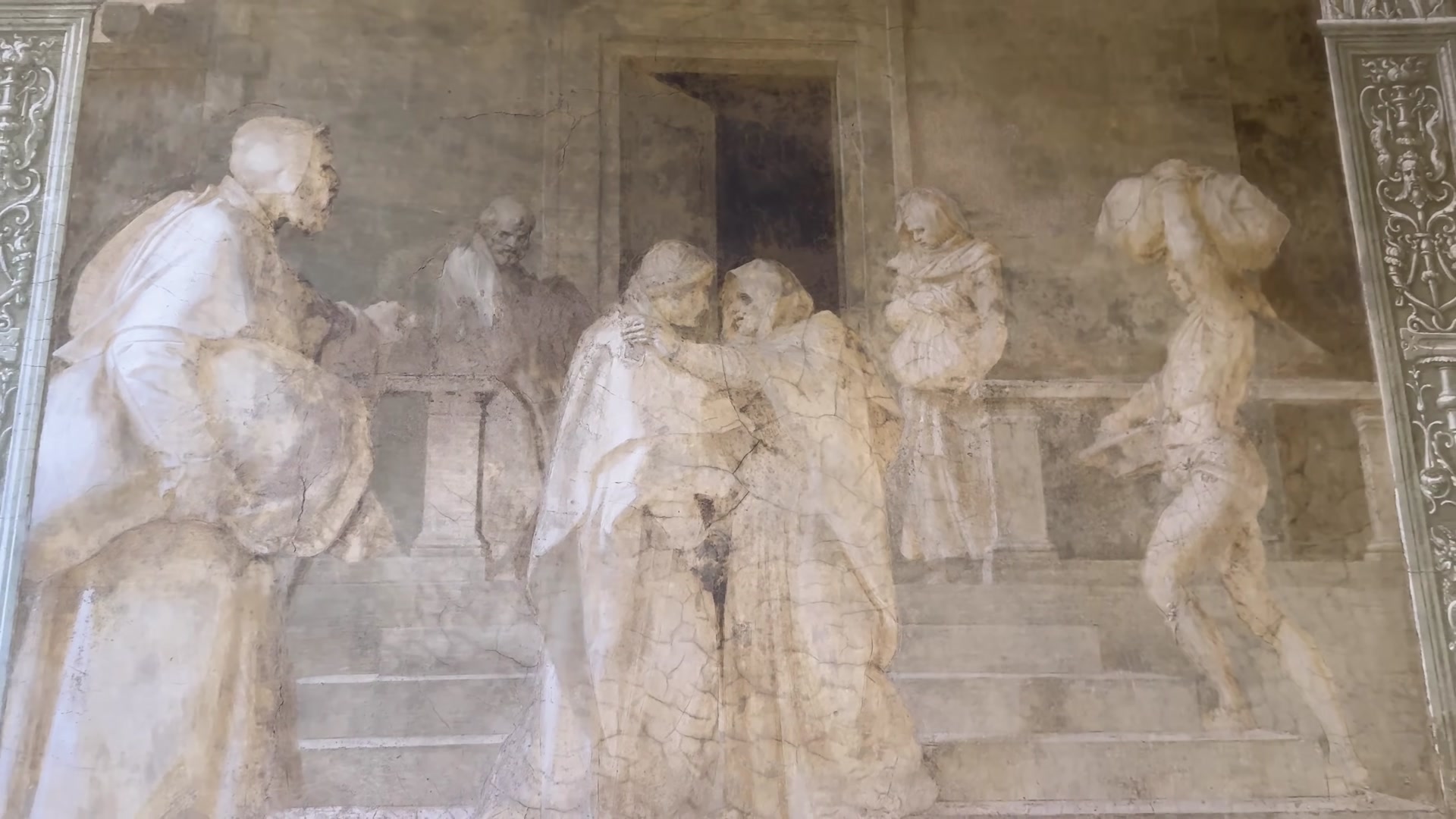




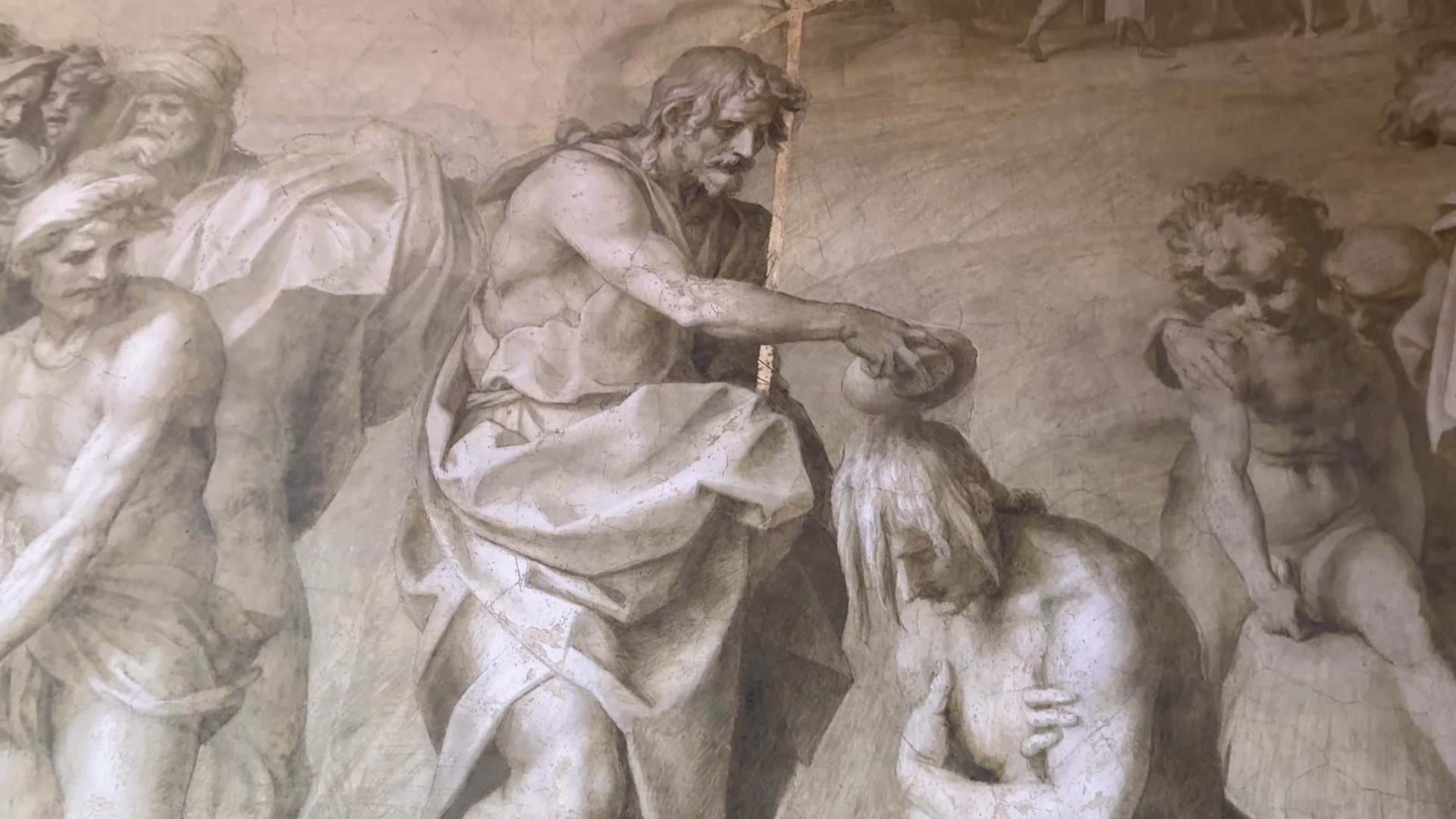









I continued my walk and approached San Marco Square. Did you know that the windows here were invented by Michelangelo? They are known as Italian Windows. As I passed by San Marco Museum, I was reminded that it is one of Florence’s hidden treasures. It attracts fewer tourists but houses many important artworks, particularly those of Fra Angelico. The museum even features a Last Supper fresco. However, today I was in an energetic mood, so I decided to skip the museum visit.
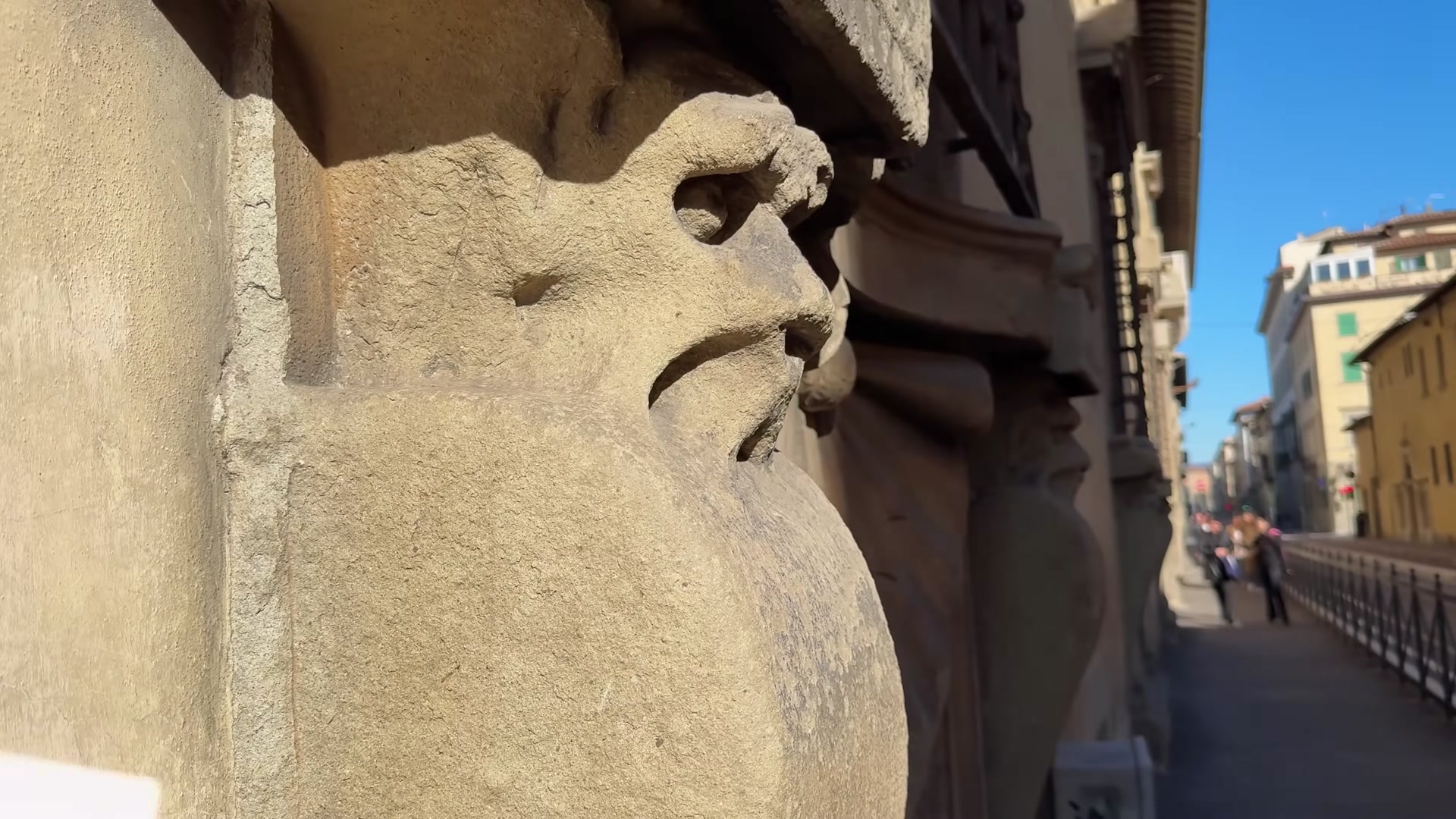



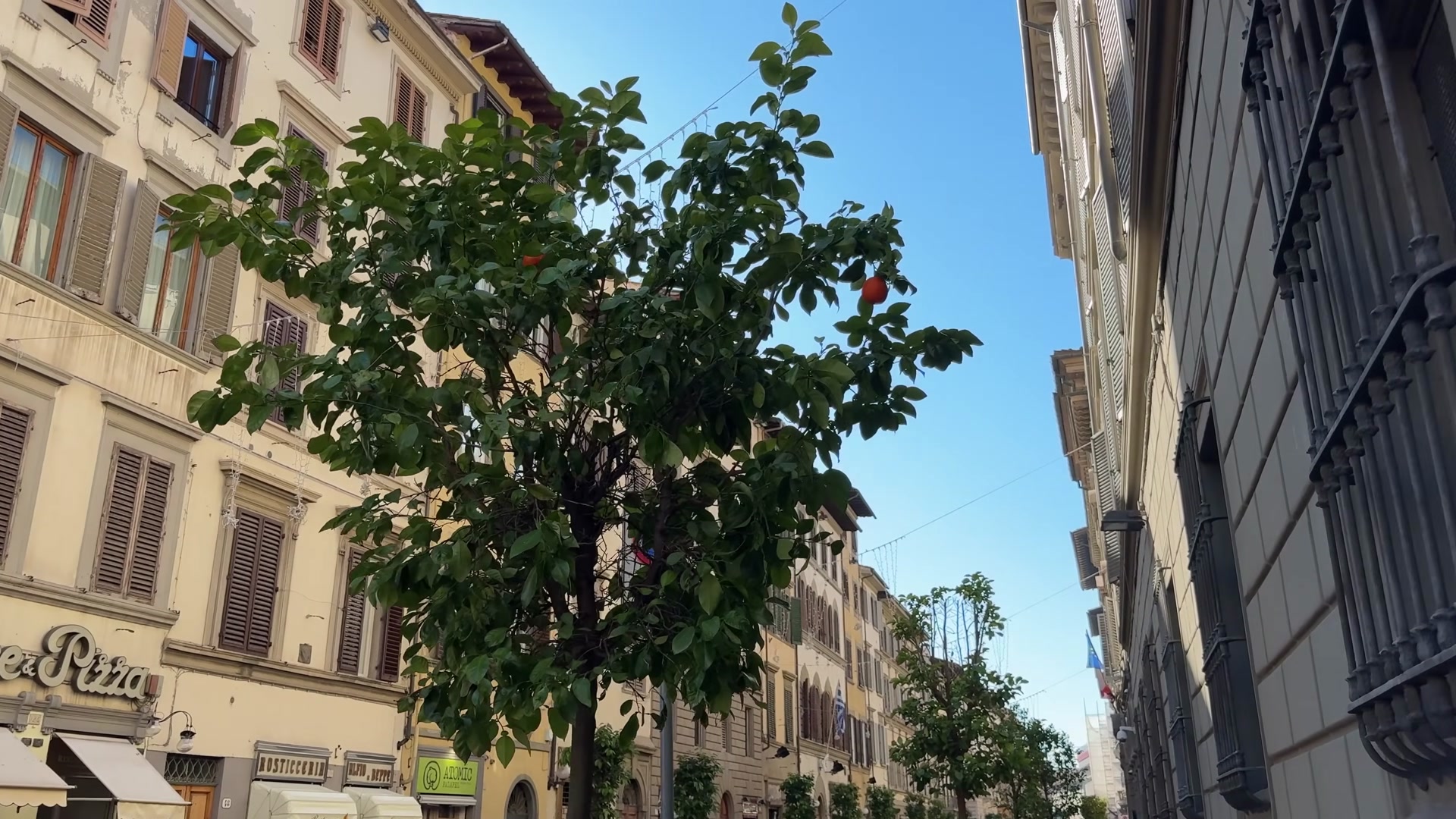



San Marco Square now has a tram stop. Previously there were only bus stops. Some Florentines have criticized the tram system, but in my opinion, the buses caused much more pollution. Now we have an environmentally friendly tram, which is a great improvement in every way.





As I approached Via Cavour I reflected on how this street leads not only to the Florence Cathedral and Baptistery but also past the façade of the Medici Riccardi Palace, the first residence of the Medici family in Florence. Recently the city decided to decorate this street with orange trees. As you may know the orange tree and its fruit symbolize the Medici family. Indeed Florence's most significant achievements took place during their rule. The trees were planted last year but, as expected some people complained about it. There were even heated debates on Facebook.

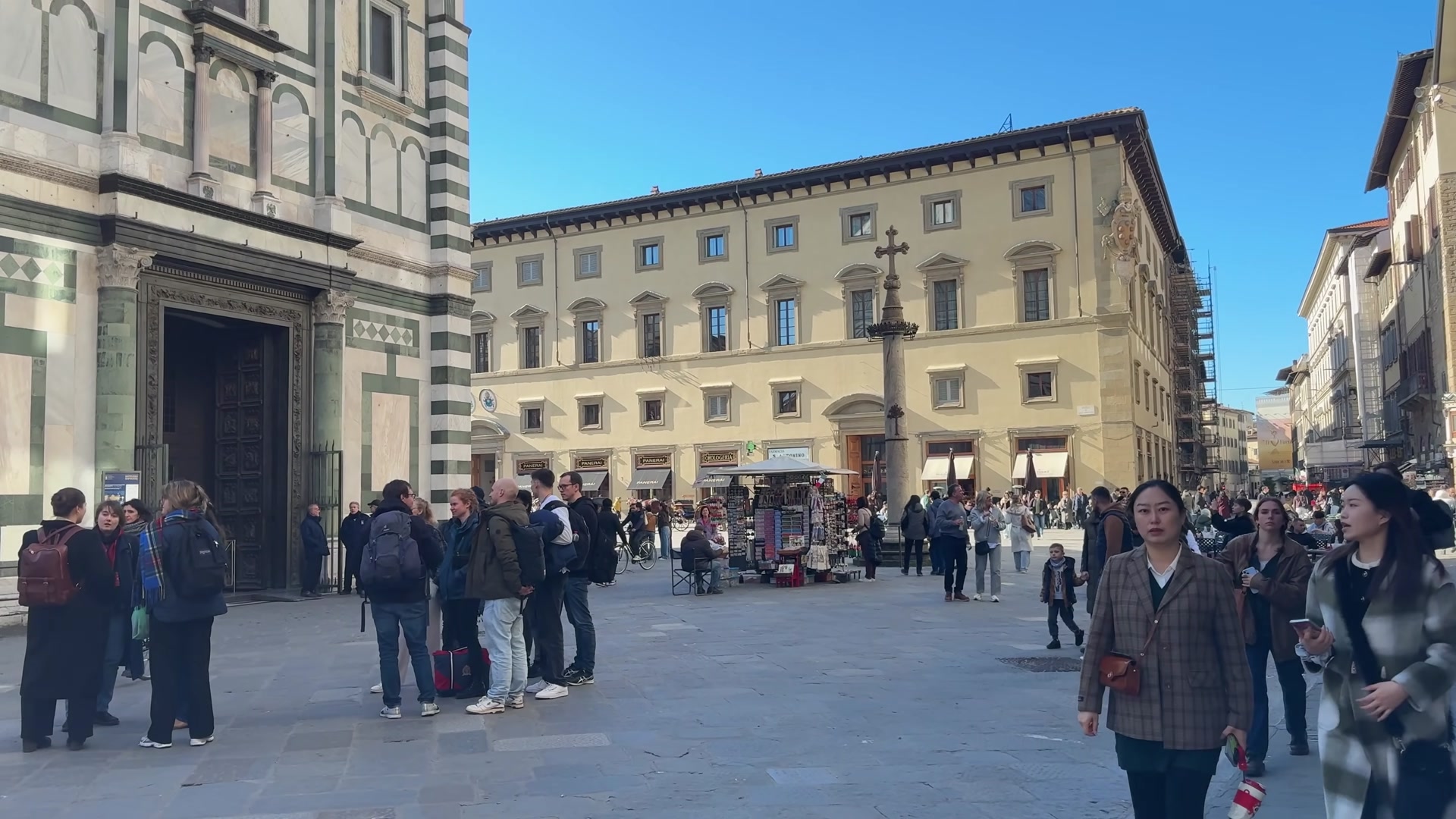
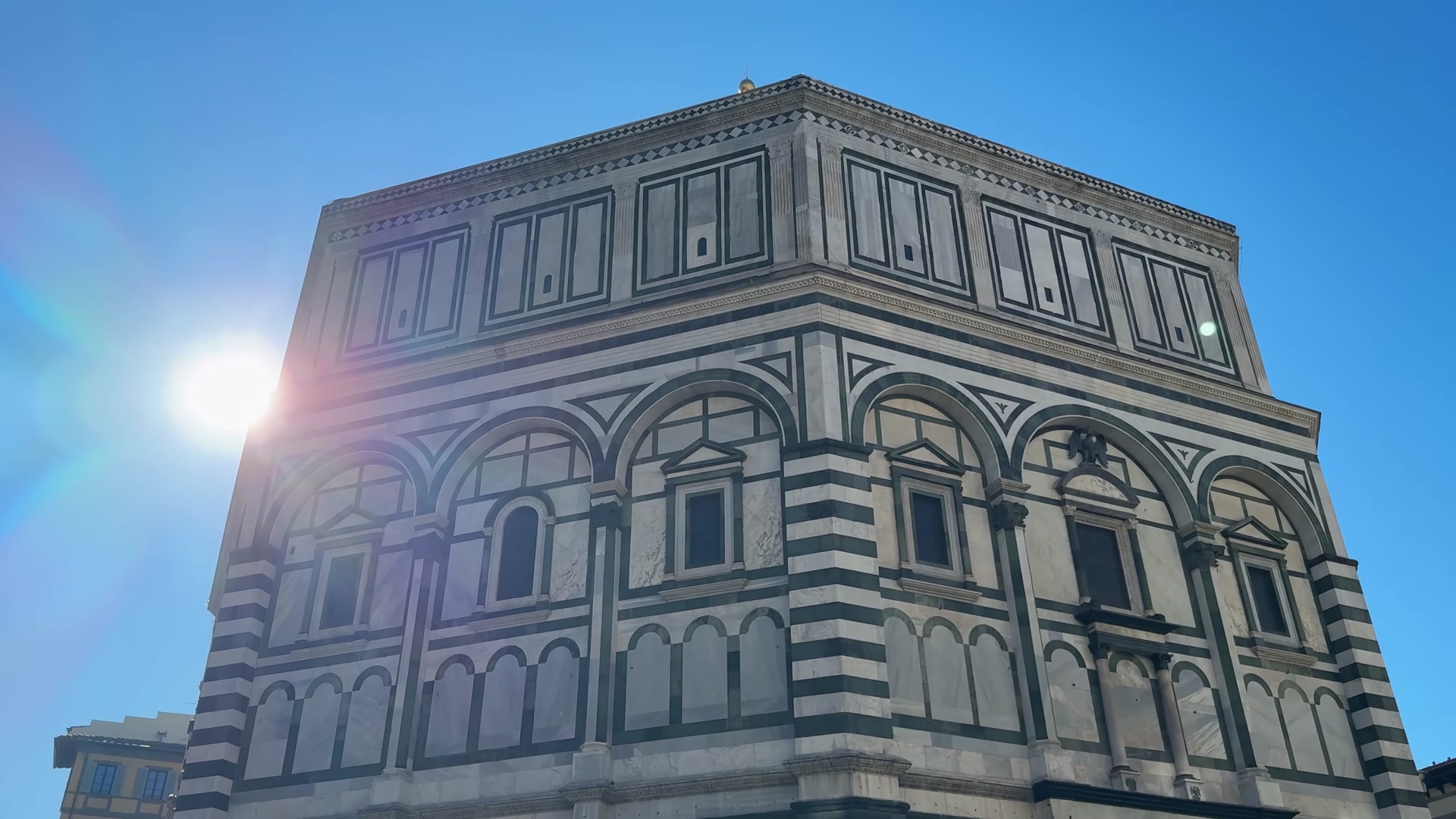

Finally I made my way toward Cathedral Square. I wanted to see the statue of David, so I headed there.
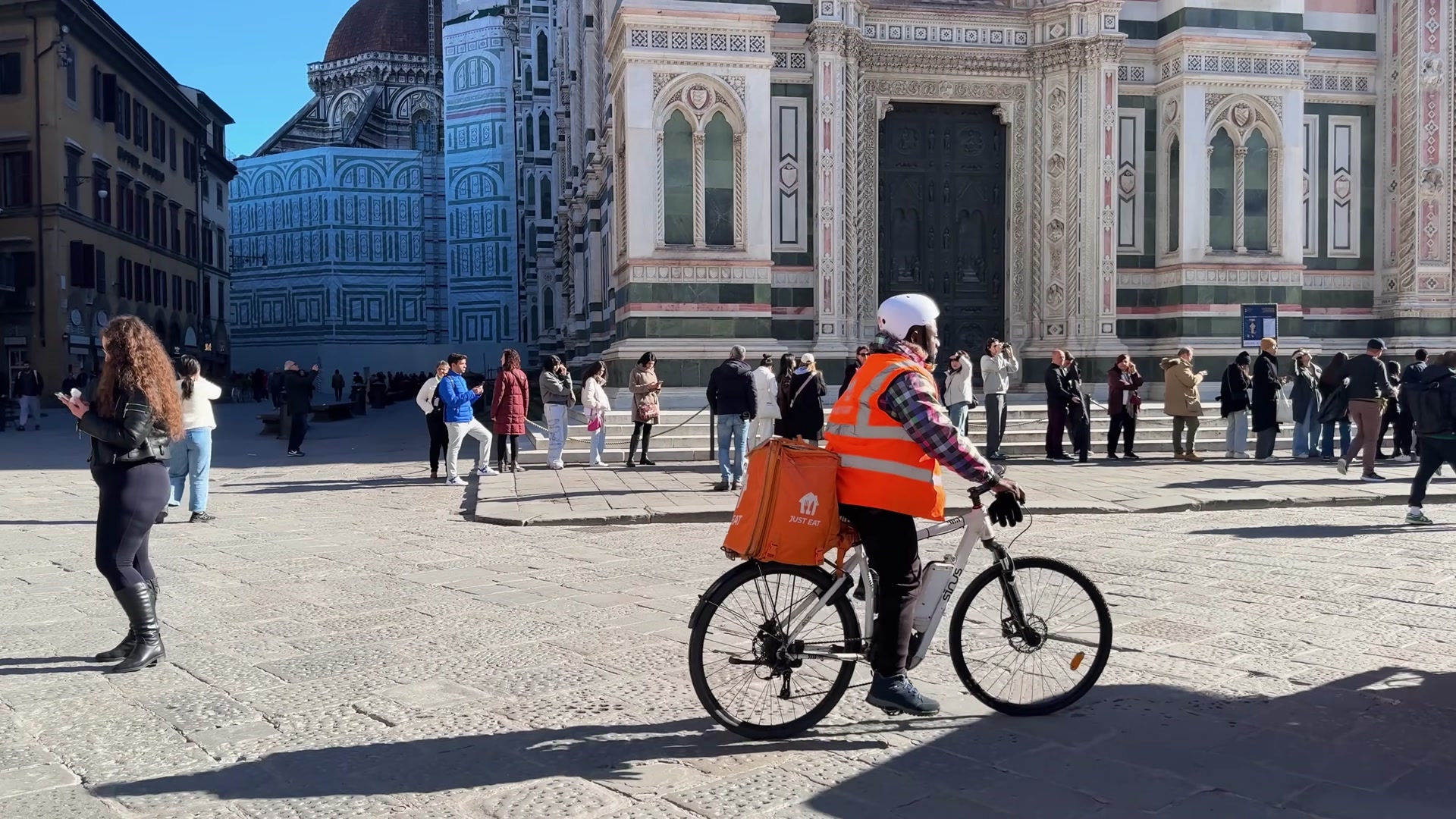




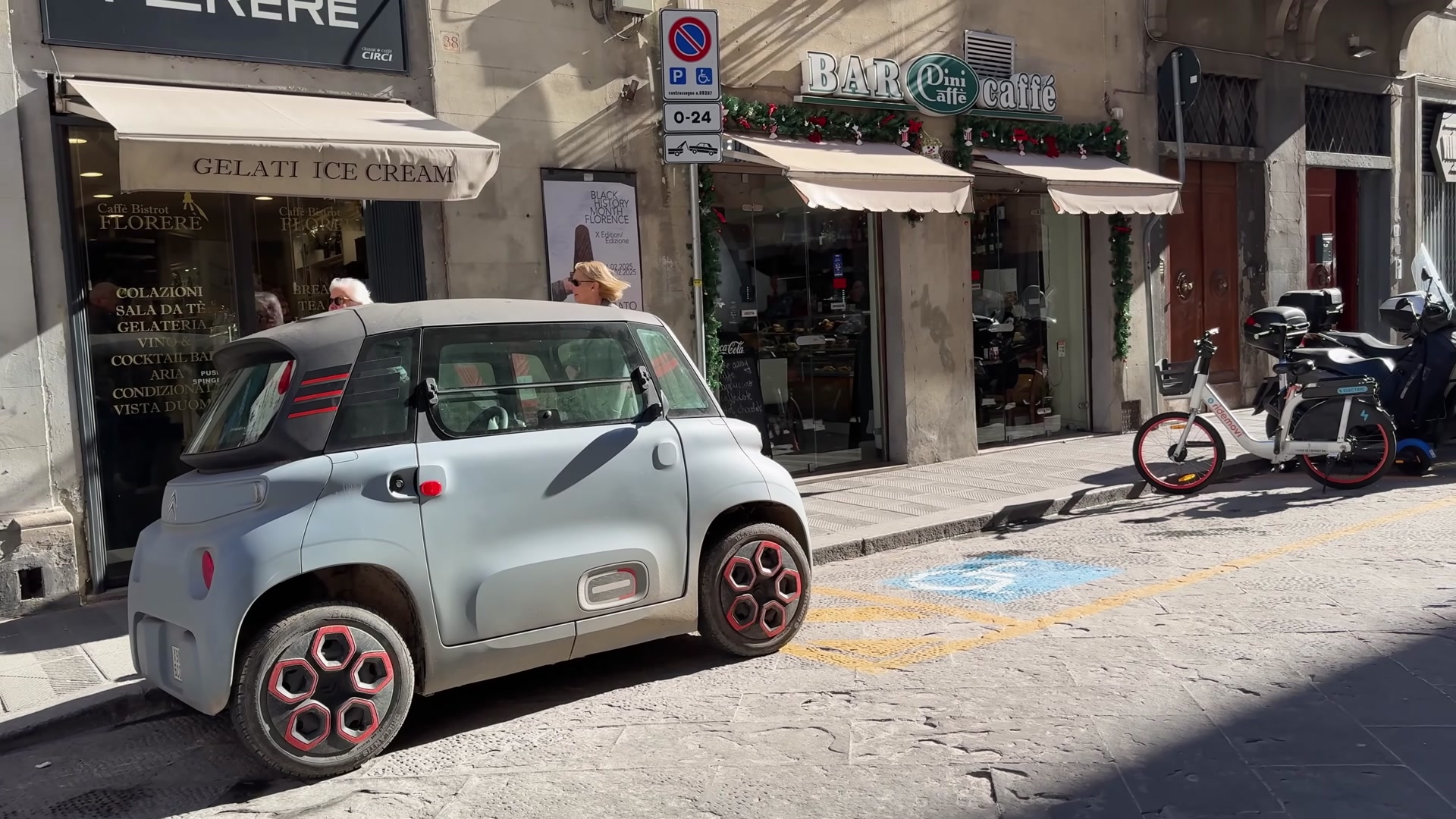





And of course at some point, I realized I needed a coffee. So, I went to Caffè Rivoire in Piazza della Signoria for a cup. Then I headed towards Corso dei Tintori, passed through a covered passage and planned to visit a vintage shop. After doing a bit of shopping, I continued my walk.
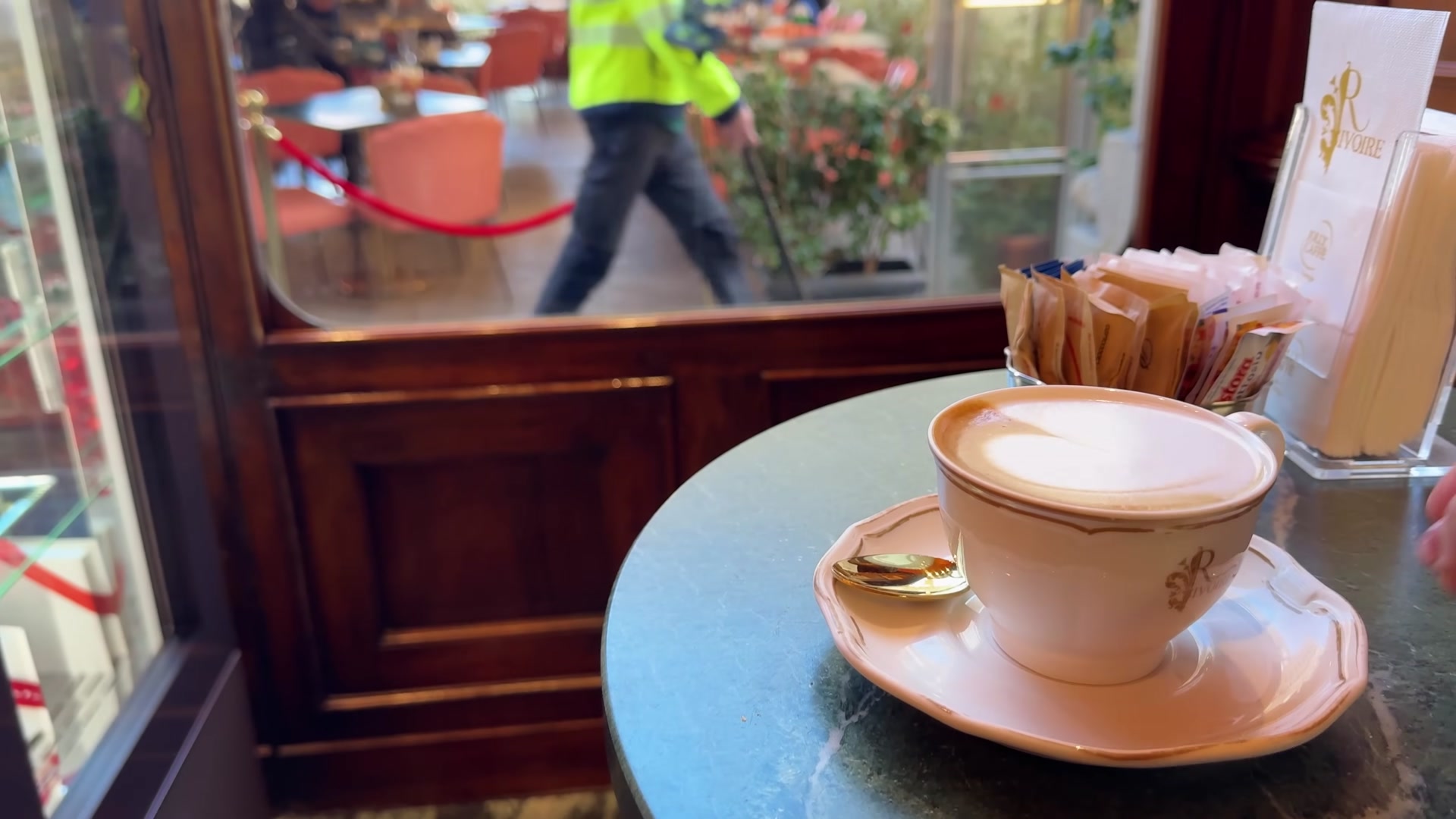

Finally I made my way towards Florence’s riverside, exploring the area a little more.
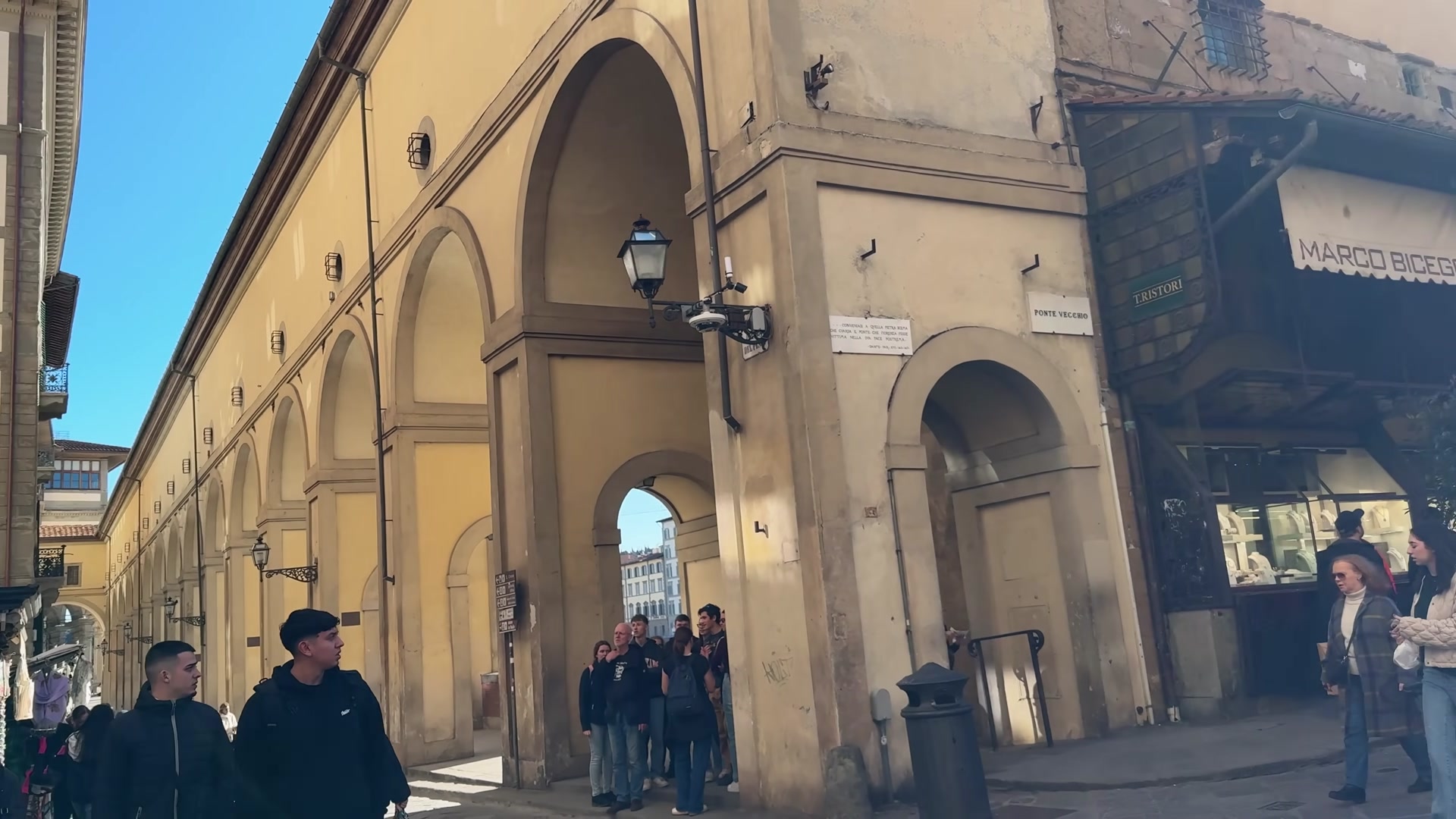
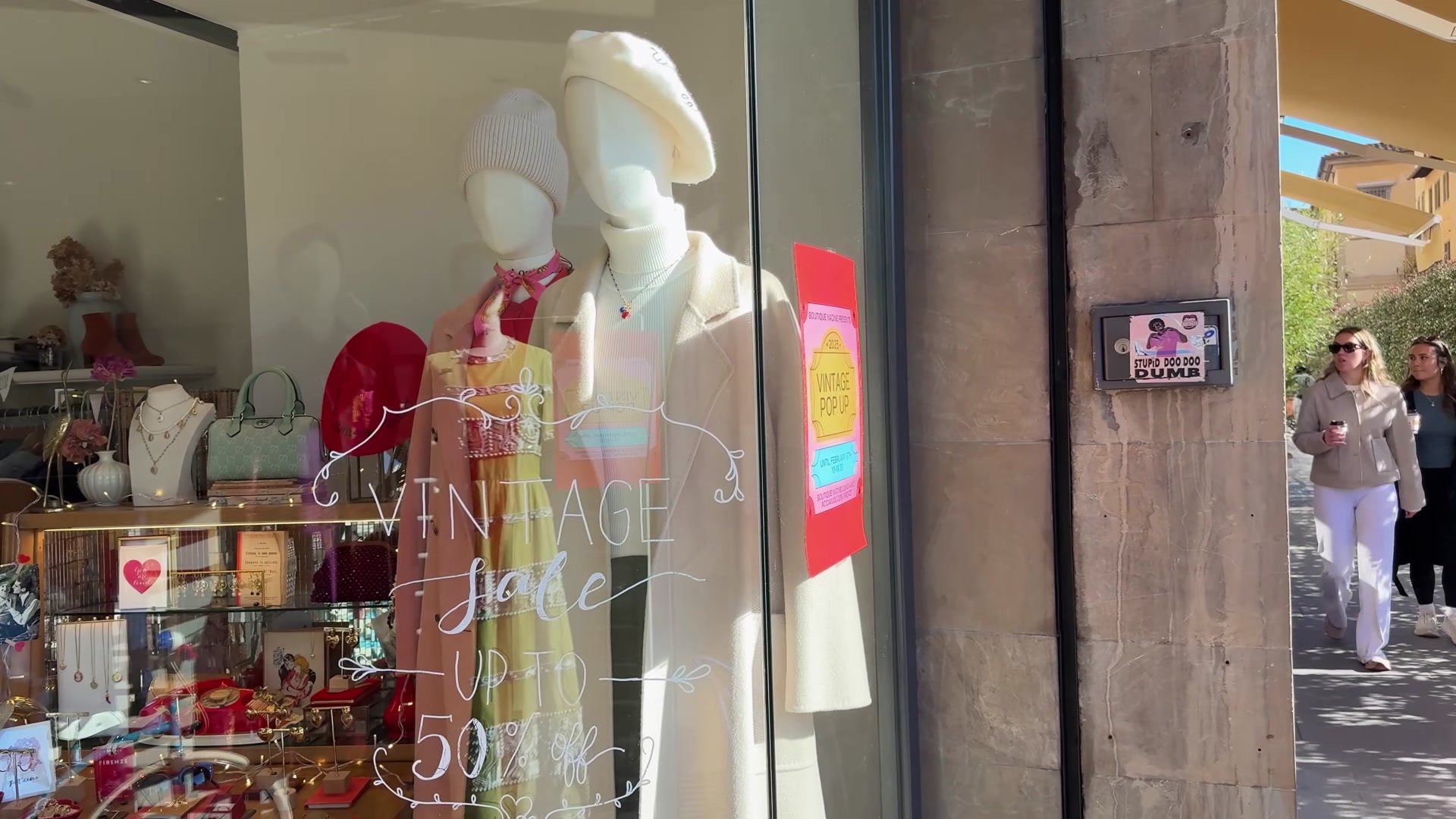
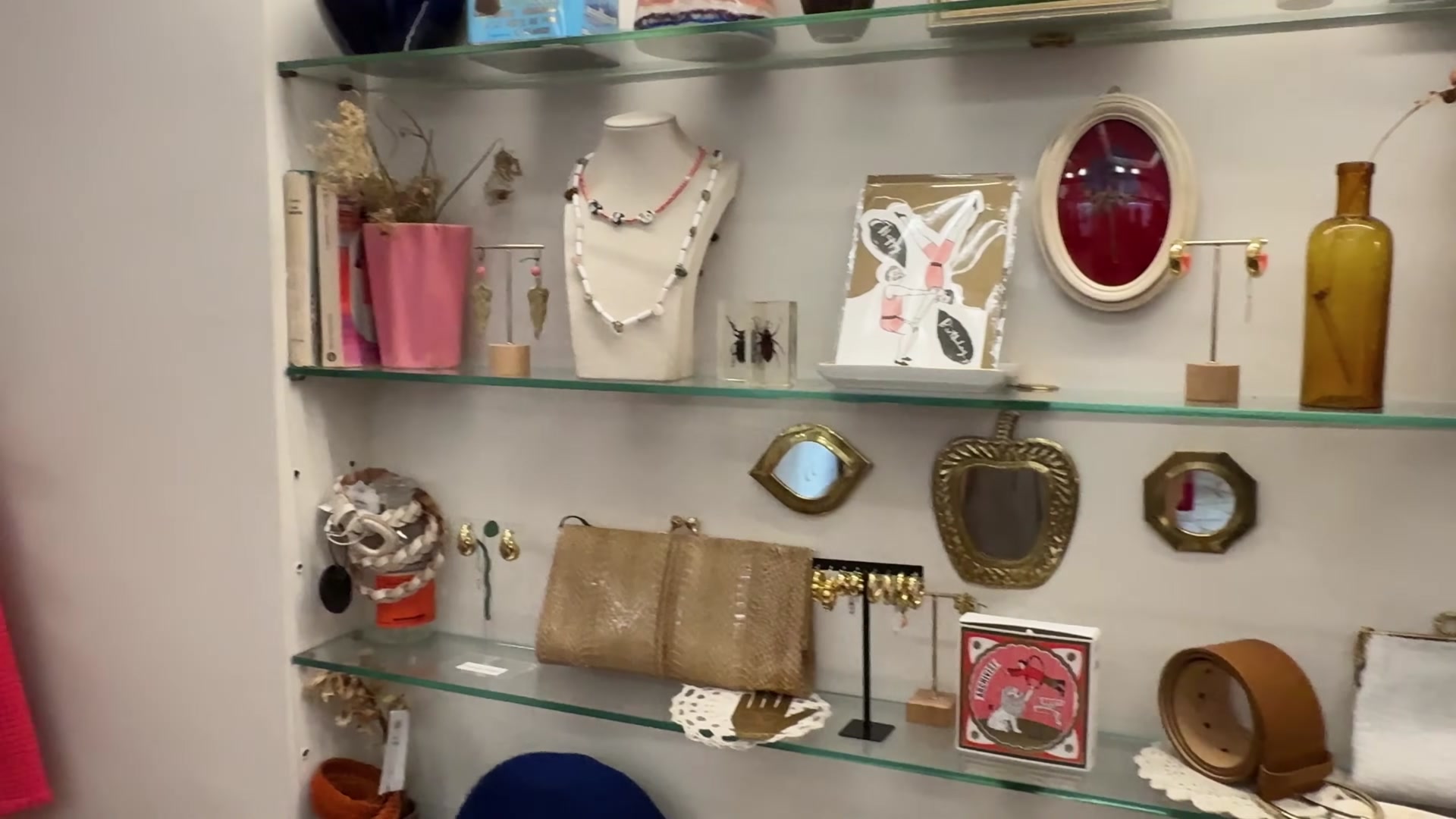




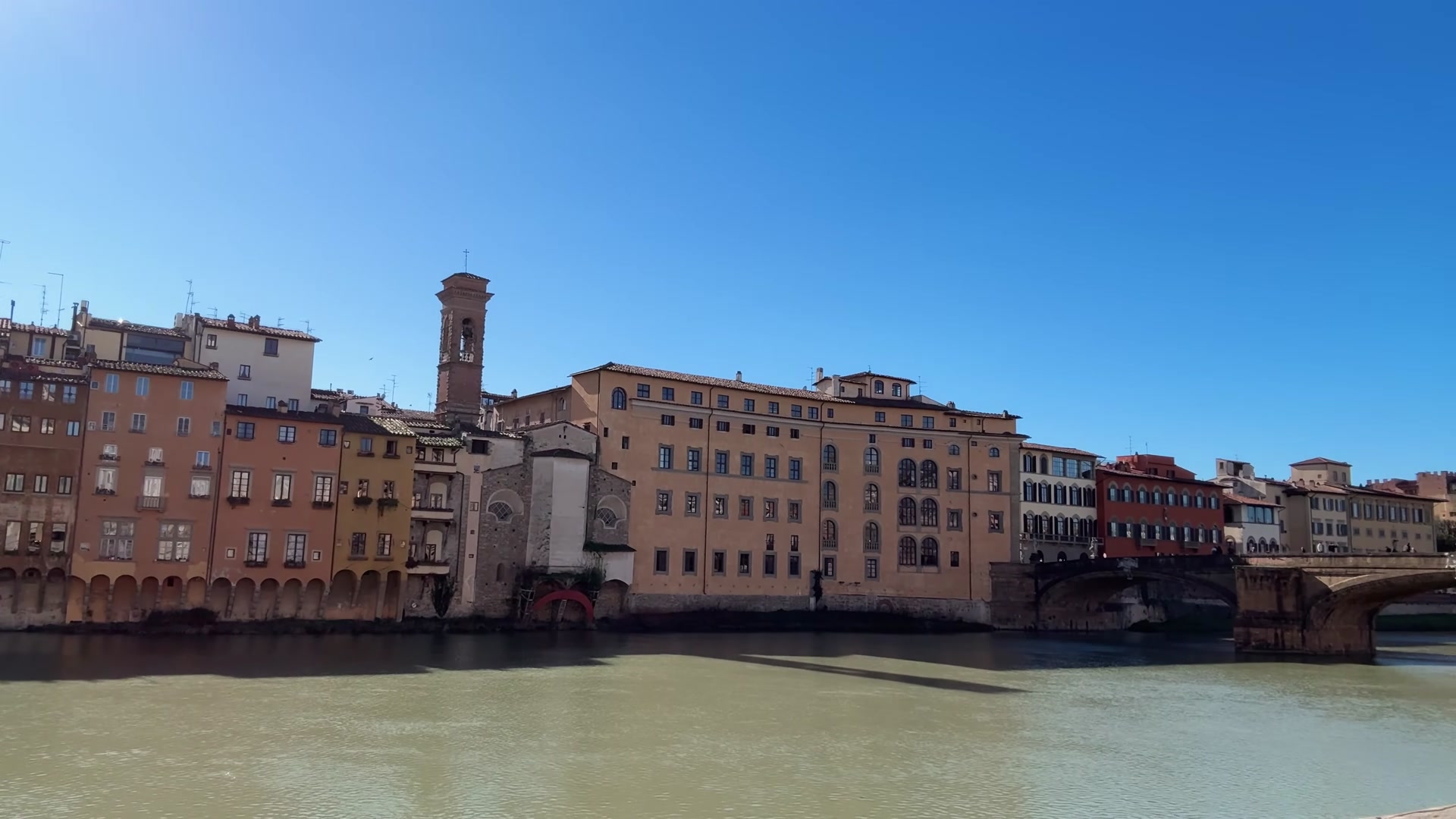




Thank you all so much for reading. I hope you enjoyed this post. See you in my next ones. Wishing you all a wonderful day and a great week ahead.
You can check out this post and your own profile on the map. Be part of the Worldmappin Community and join our Discord Channel to get in touch with other travelers, ask questions or just be updated on our latest features.
Congratulations @sararossi! You have completed the following achievement on the Hive blockchain And have been rewarded with New badge(s)
Your next target is to reach 60 posts.
You can view your badges on your board and compare yourself to others in the Ranking
If you no longer want to receive notifications, reply to this comment with the word
STOPWhat a beautiful read, truly mesmerised by the Italian windows. How was the coffee at Caffè Rivoire in Piazza della Signoria? 🤳